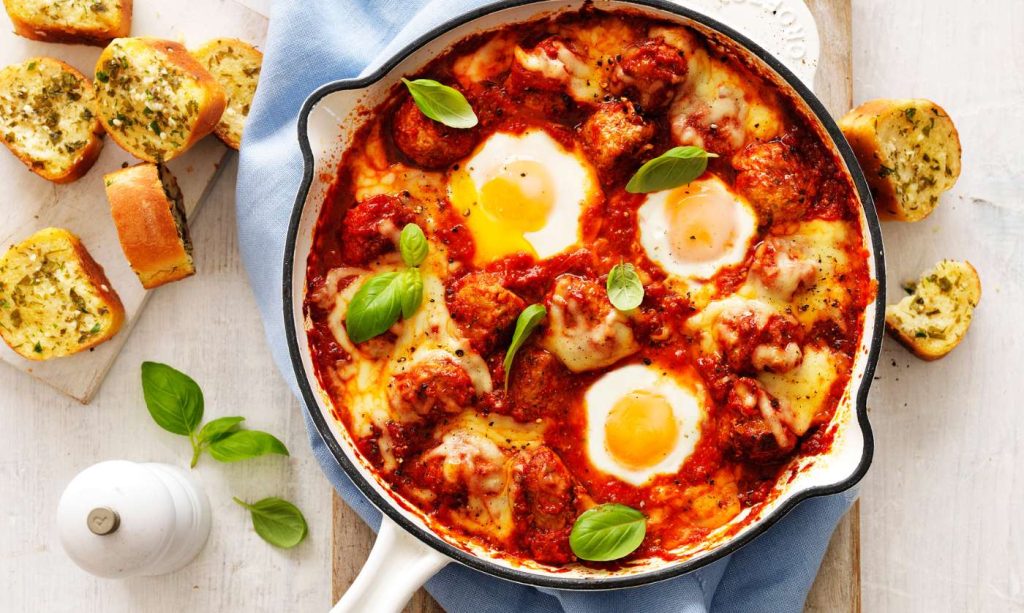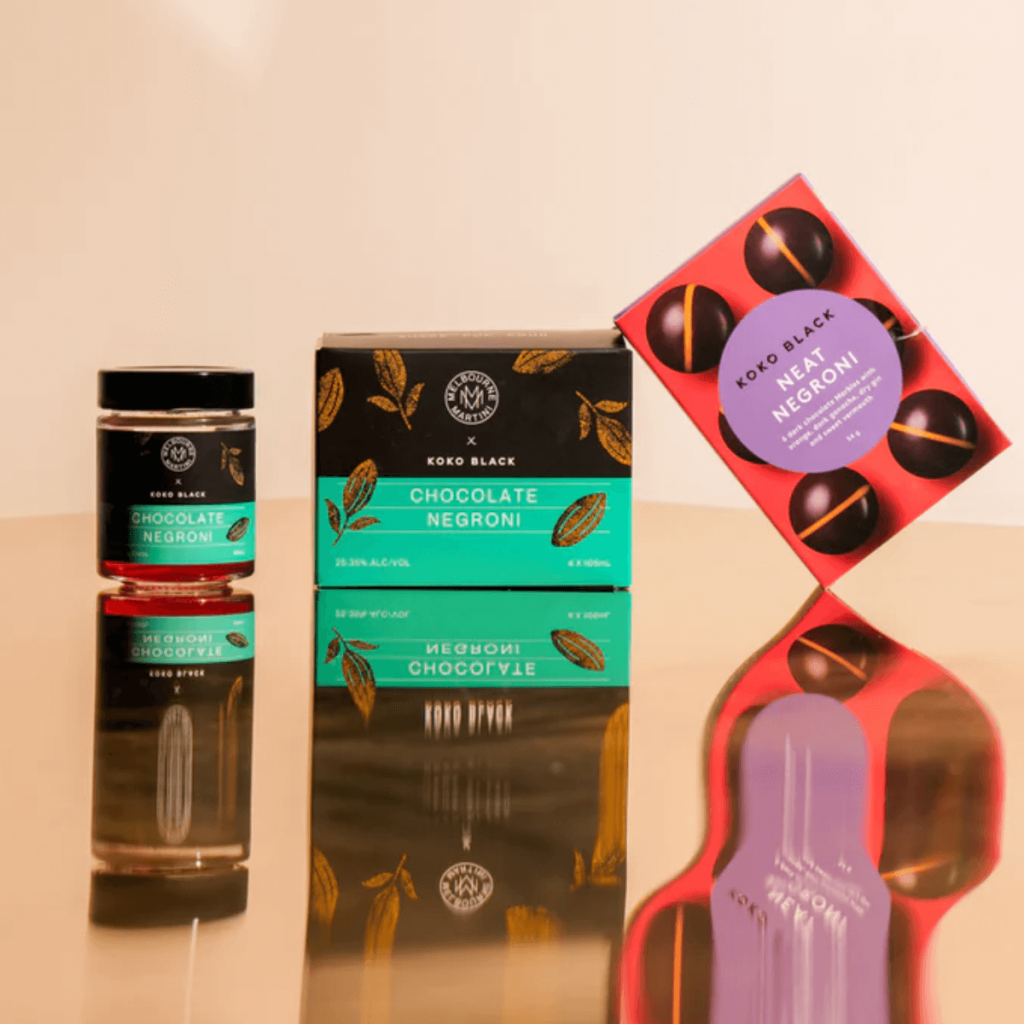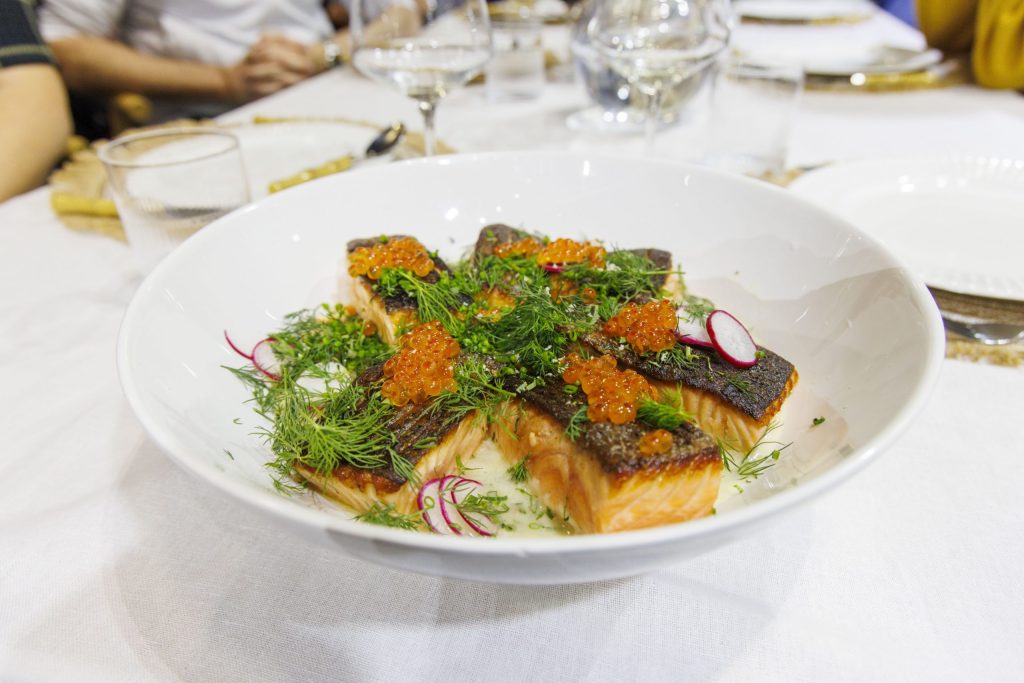Seasonal Produce – May
Published 04 May, 2015May is a treat for the senses with beautiful seasonal produce that will bring unusual colours, textures and flavours to your dishes.
 Custard Apple
Custard Apple
With its pale green, bumpy skin and irregular heart-like shape, Custard Apples might not look like the most appealing fruit from the outside. However, on the inside its soft white flesh is sweet and creamy.
Custard Apples are an excellent source of vitamin C, which is great for the immune system, and also contain dietary fibre, vitamin B6, magnesium and potassium.
The fruit ripens from dark green to light green and when choosing a fruit select one that yields to gentle pressure, much like an avocado. Once ripe they can be stored in the fridge for up to two days.
Custard Apples can be eaten fresh, with the flesh scooped out with a spoon (the seeds are not edible). They are also wonderful pureed and mixed through yoghurt for your morning muesli, sliced and mixed into a green curry, blended for a cocktail, or as a substitute for apple in teacake, crumbles or clafoutis.
Majestic quinces are one of the earliest known fruits and it is thought that a quince was the golden apple eaten in the Garden of Eden.
A lumpy fruit with yellow, slightly furry skin, the flesh has a very tart astringent taste when raw, so it must be cooked before eating. Once cooked, the flesh turns rosy pink and develops a sweet, spicy richness.
Quinces are low in calories and a good source of vitamin C and fibre. When selecting a fruit, choose one that is firm and smooth. Slight marks do not affect the fruit, but avoid any deep bruising. Store at room temperature for up to a week, or in the fridge for up to a month.
Quinces can be enjoyed sweet or savoury and work beautifully with the flavours of game, nuts and cheese. To incorporate them into your cooking, try poaching in red wine, baking into tarts and pies, mix in a lamb tagine, and always have some quince paste on hand for a cheese platter.
The fennel plant has a wide variety of culinary uses. Its seeds add a pungent aniseed flavour to Middle Eastern cooking, its fine leaves can be chopped for use in salads, dressings and marinades, and the bulbs can be eaten raw or cooked.
The crisp bulb has a distinctive licorice flavour and sweet aroma, and is a good source of fibre, vitamin C, folate, potassium, manganese, and beta-carotene.
To prepare fennel bulbs for cooking, slice 1cm from the base and separate the bulb layers so you can wash away any trapped dirt.
Fennel bulbs have a wonderfully fresh and subtle flavour when eaten raw. Shred for a tasty raw fennel coleslaw, or create thin shavings using a mandolin for a prosciutto and mozzarella salad. It can also be roasted, sautéed and braised, and added to curries, risottos, soups and stews.
Other produce in season for May:
- Apples
- Bananas
- Figs
- Grapefruit
- Grapes
- Kiwifruit
- Mandarins
- Oranges
- Nashi
- Pears
- Pomegranates
- Persimmons
- Rambutan
- Broccoli
- Brussels Sprouts
- Cabbage
- Capsicum
- Cauliflower
- Mushrooms
- Parsnips
- Pumpkin
- Spinach













